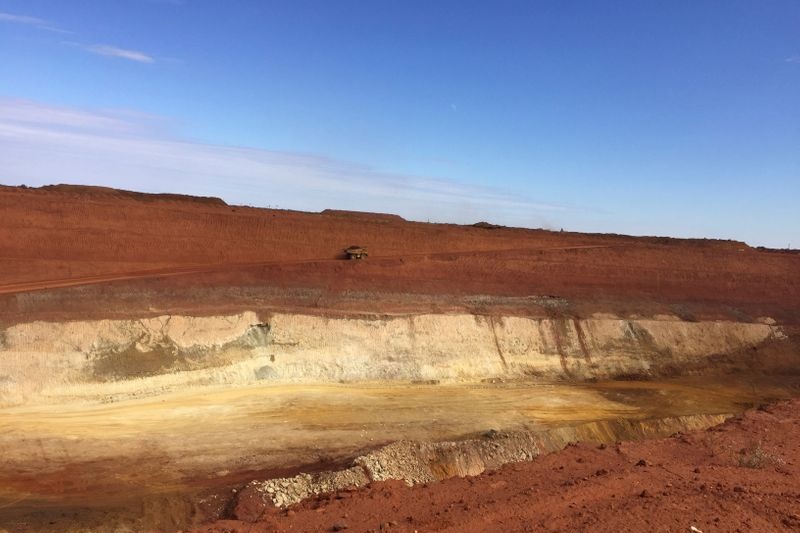Proactive Investors - Rainbow Rare Earths (LON:RBWR) said test results from its second project in Brazil suggest eventually might be larger than the Phalaborwa development in South Africa, its current main focus.
Mineralogy and hydrometallurgical studies carried out on phosphogypsum material from the Uberaba site showed the highest grades came from the most recently deposited phosphogypsum material at between 4,520 to 7,912ppm total rare earth oxides (TREO).
Rainbow has an MOU in place for Uberaba with The Mosaic Company (NYSE:MOS), which is currently producing phosphoric acid with phosphogypsum a waste product.
In the studies, Neodymium and praseodymium (together NdPr) accounted for 24.7% of the rare earth basket at a grade about 50% higher than Phalaborwa.
Uberaba material is also amenable to direct acid leaching, said Rainbow, which the tests demonstrated can recover between 31% to 65% of the TREO.
Mineralogical evaluation of the leach residue carried out at SGS Laboratories in Lakefield, Canada, showed 50% to 71% of the rare earth oxides are contained in monazite.
Testwork is underway at Mosaic's lab in Brazil to see if overall TREO recovery can be increased.
George Bennett, Rainbow’s chief executive, added: "These initial mineralogy results are very positive because they demonstrate that the Uberaba material shows good liberation results that bode well for a potentially economic operation to recover the rare earth elements.
“As anticipated, the Uberaba material has similar characteristics to Phalaorwa and we continue to expect that a significant portion of the process flowsheet and intellectual property developed for Phalaborwa can be applied..
“However, given the scale of the Uberaba project, we could expect a rare earth processing operation there to be significantly larger than that at Phalaborwa."
